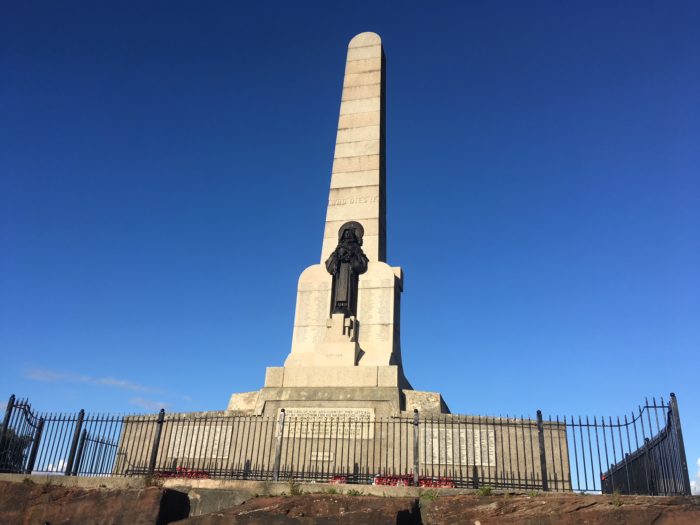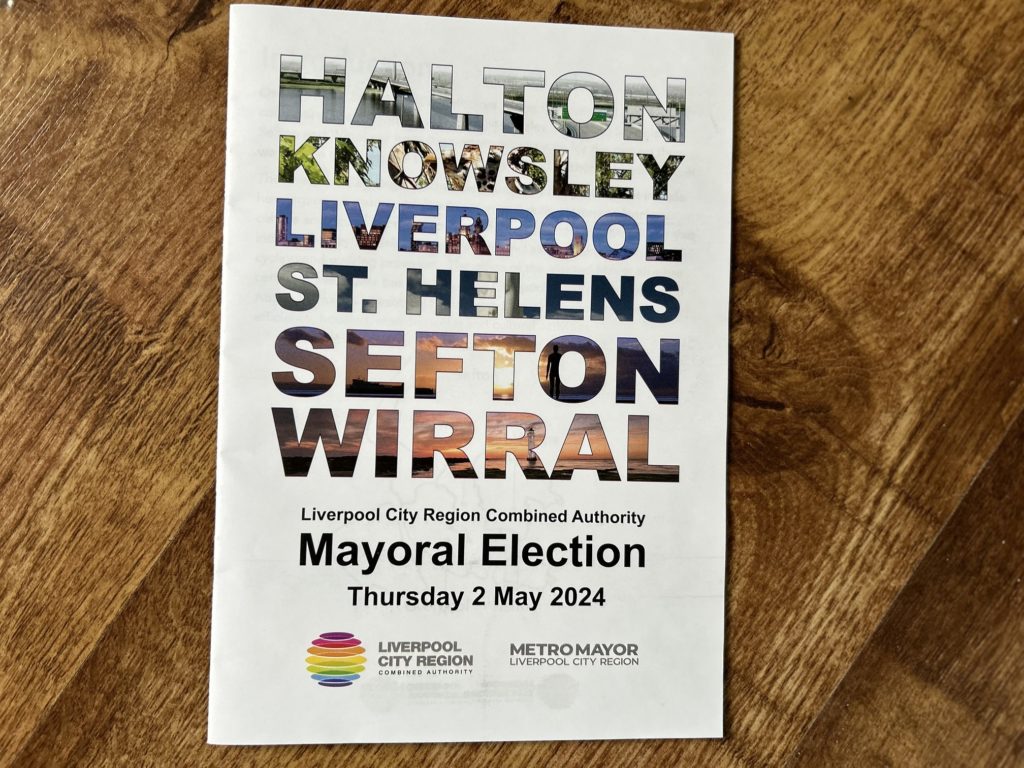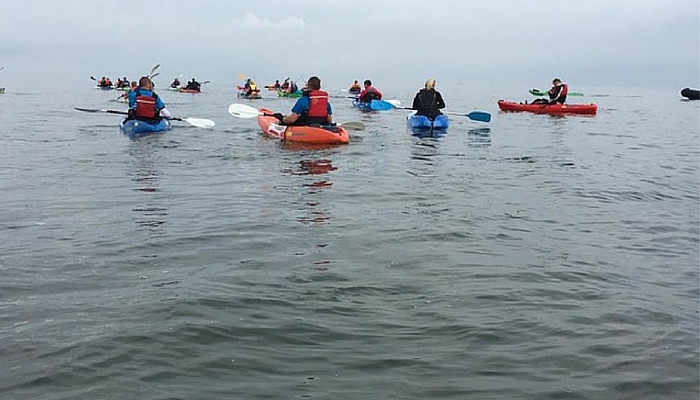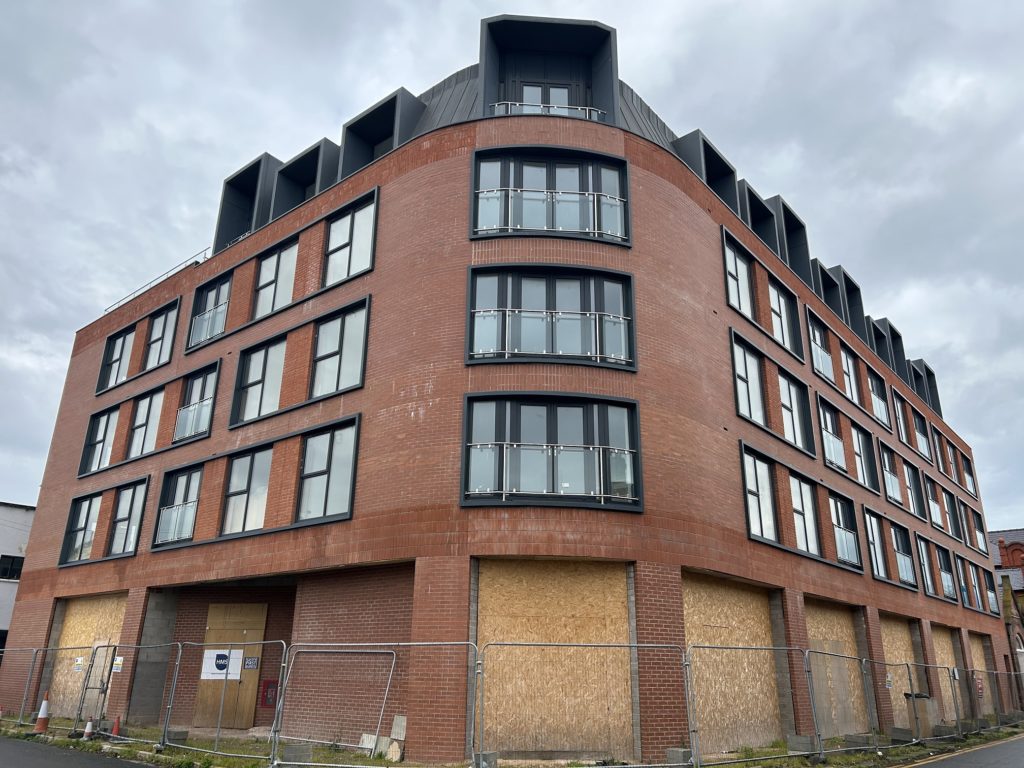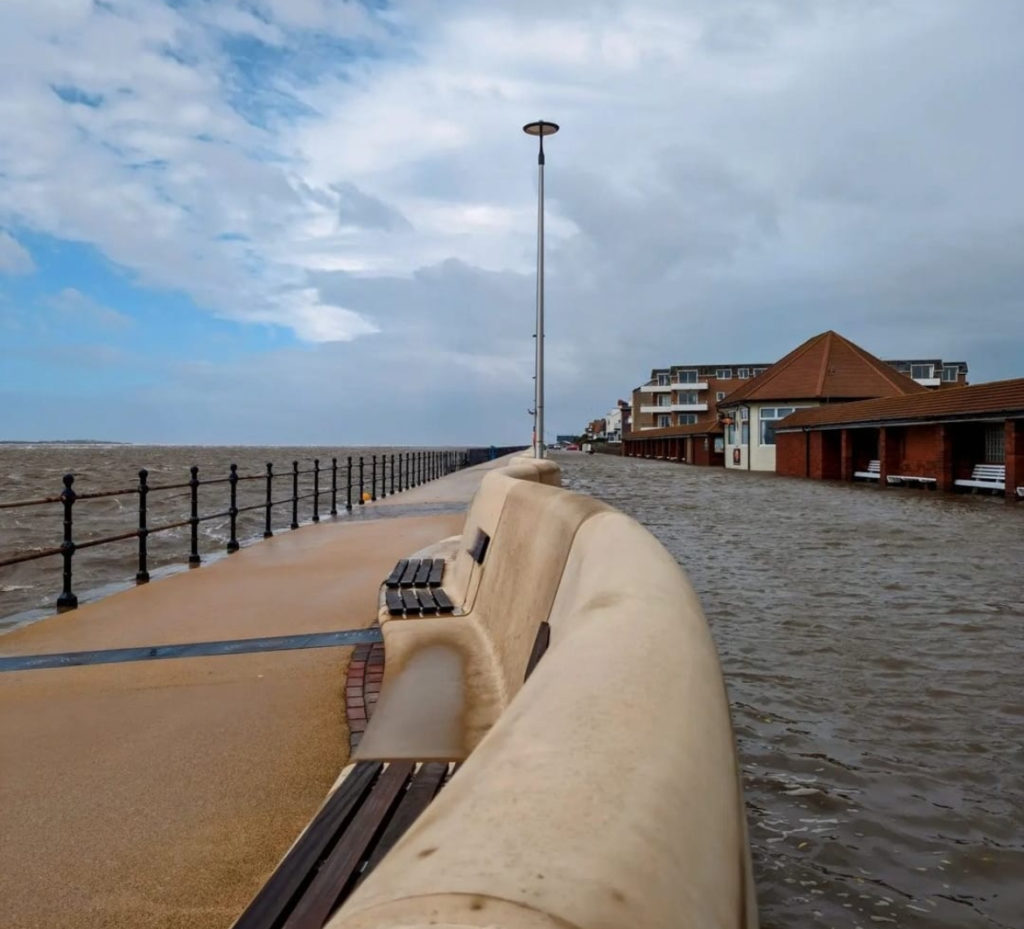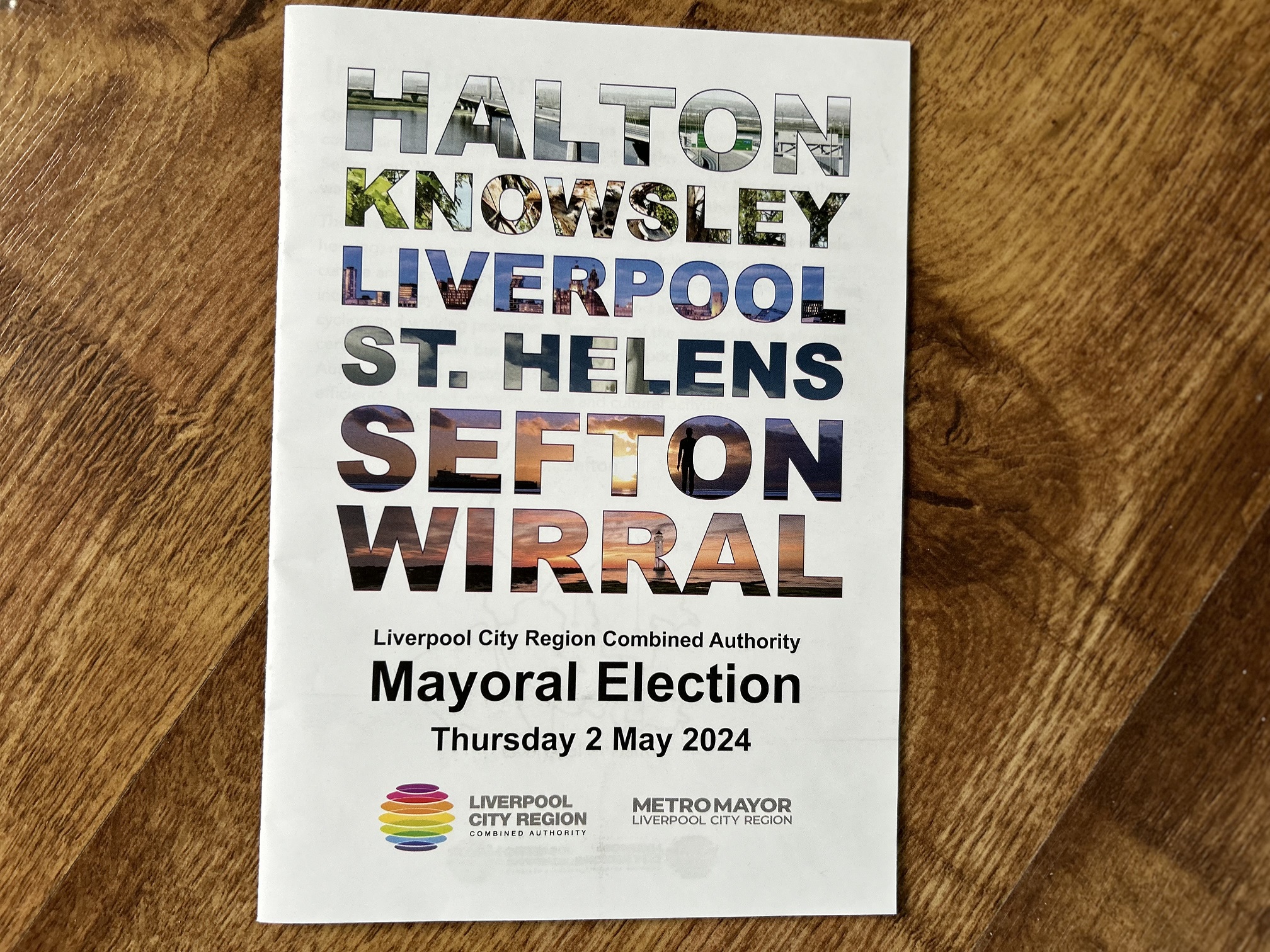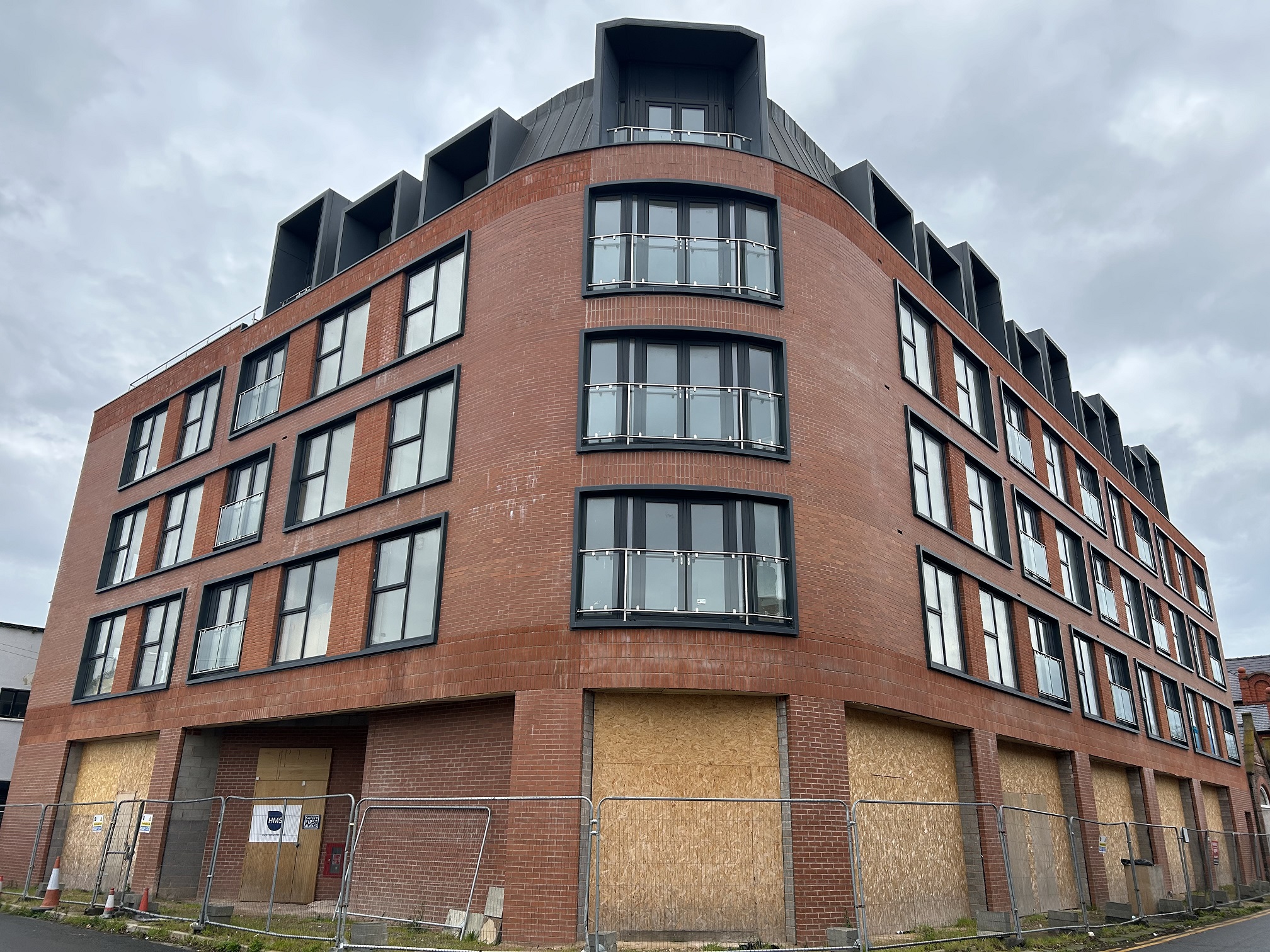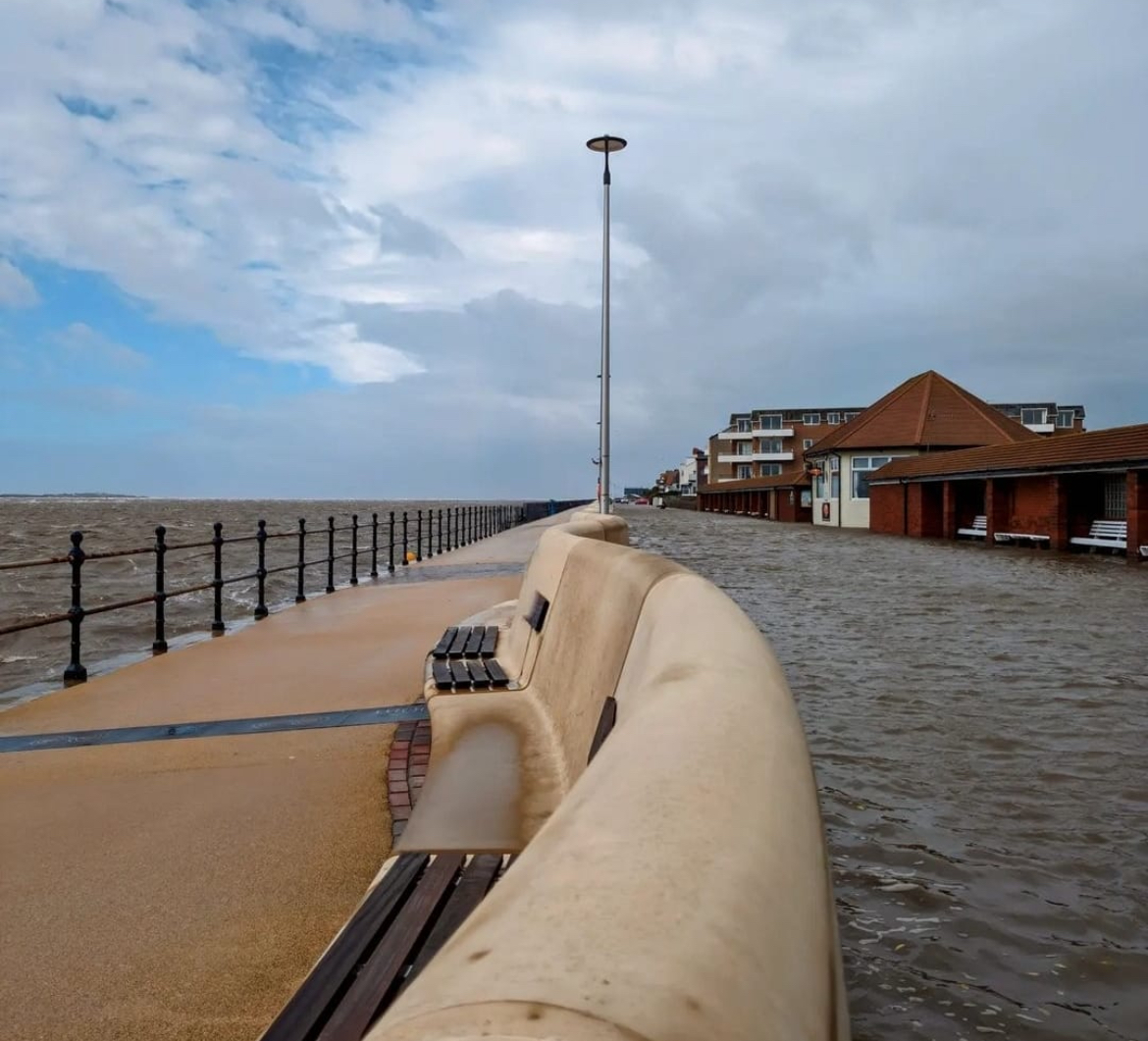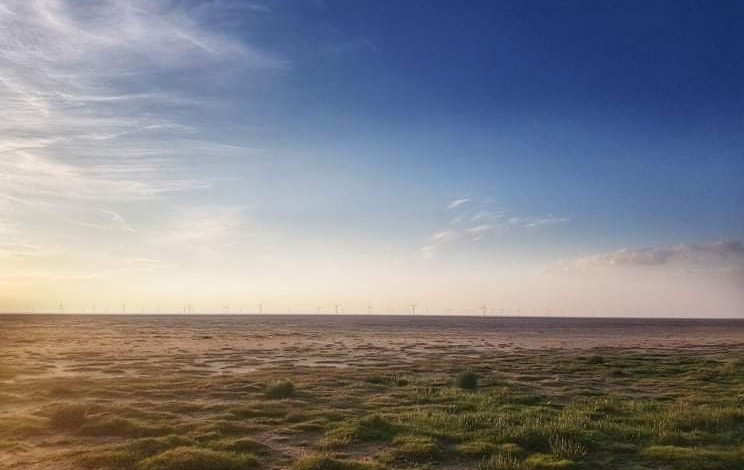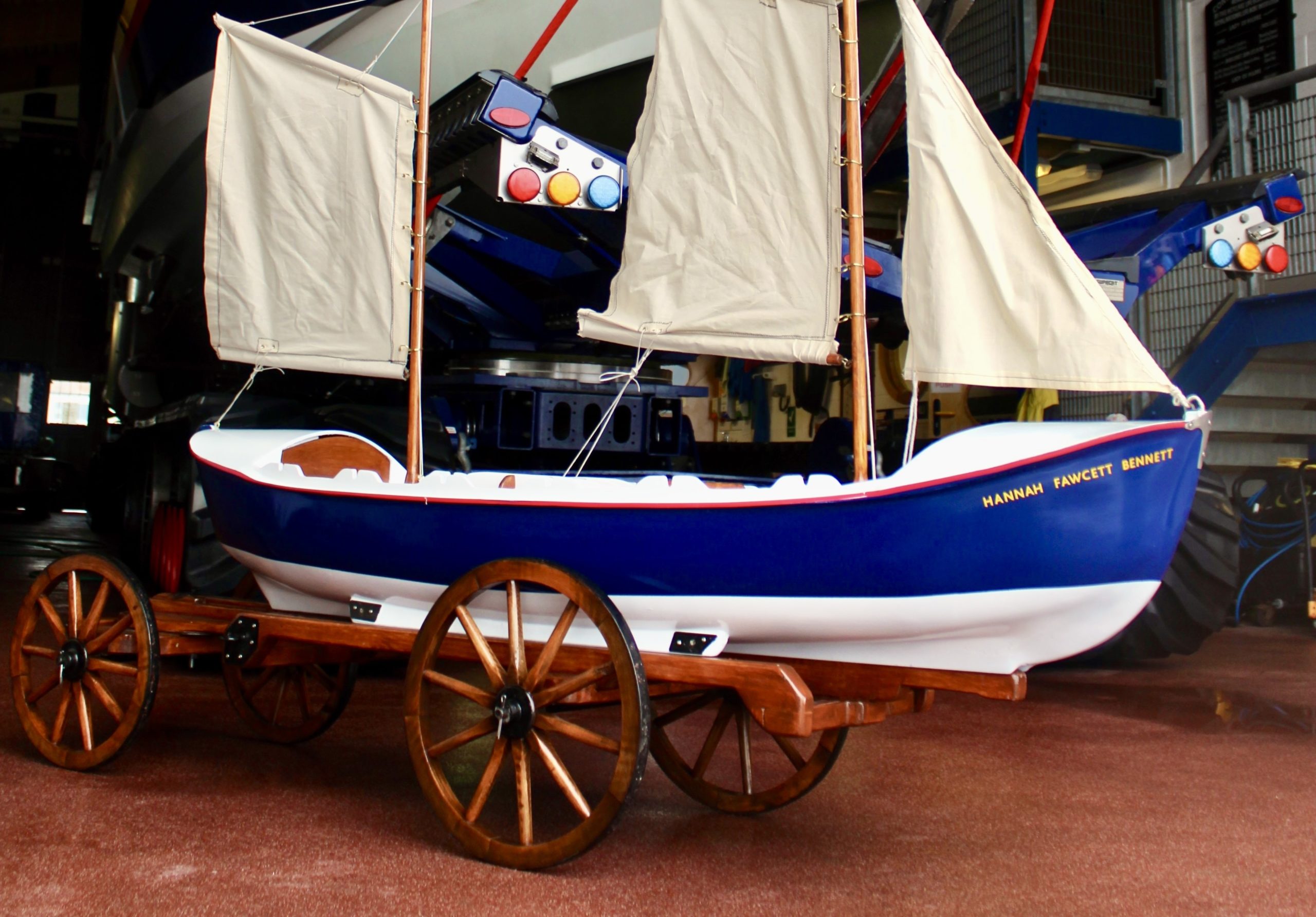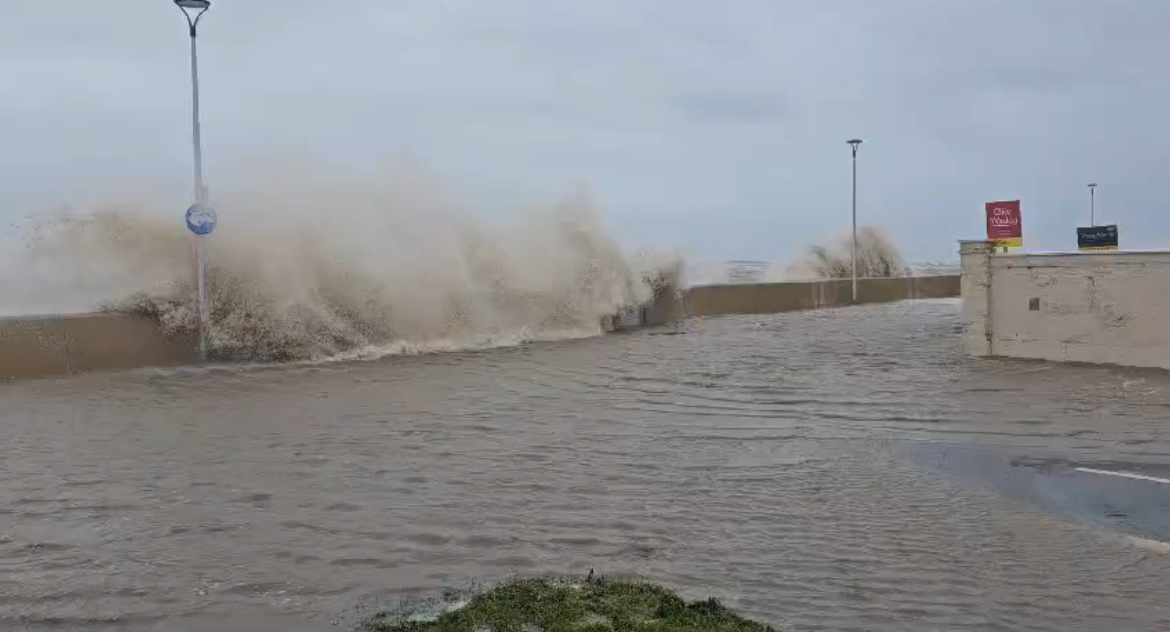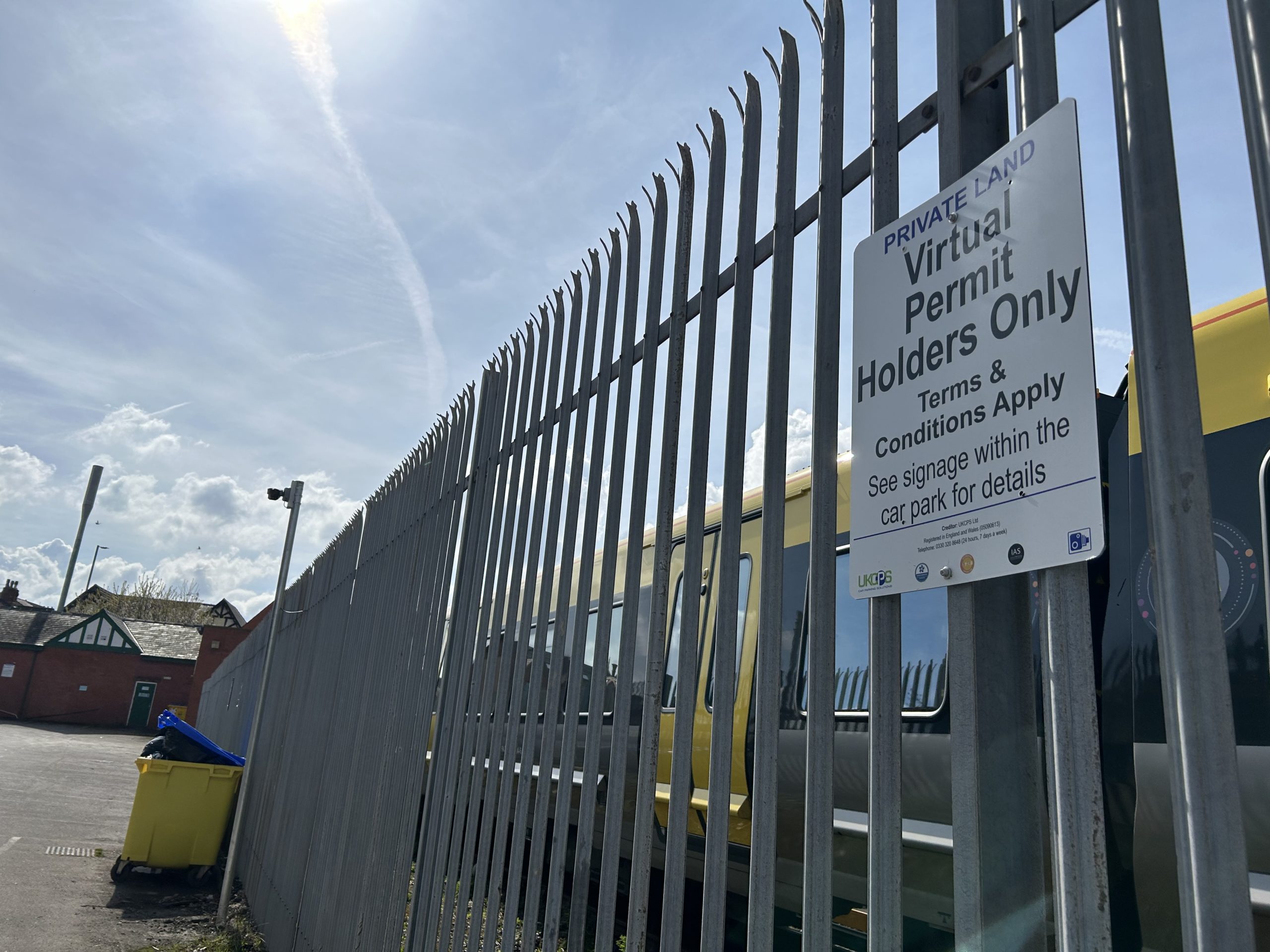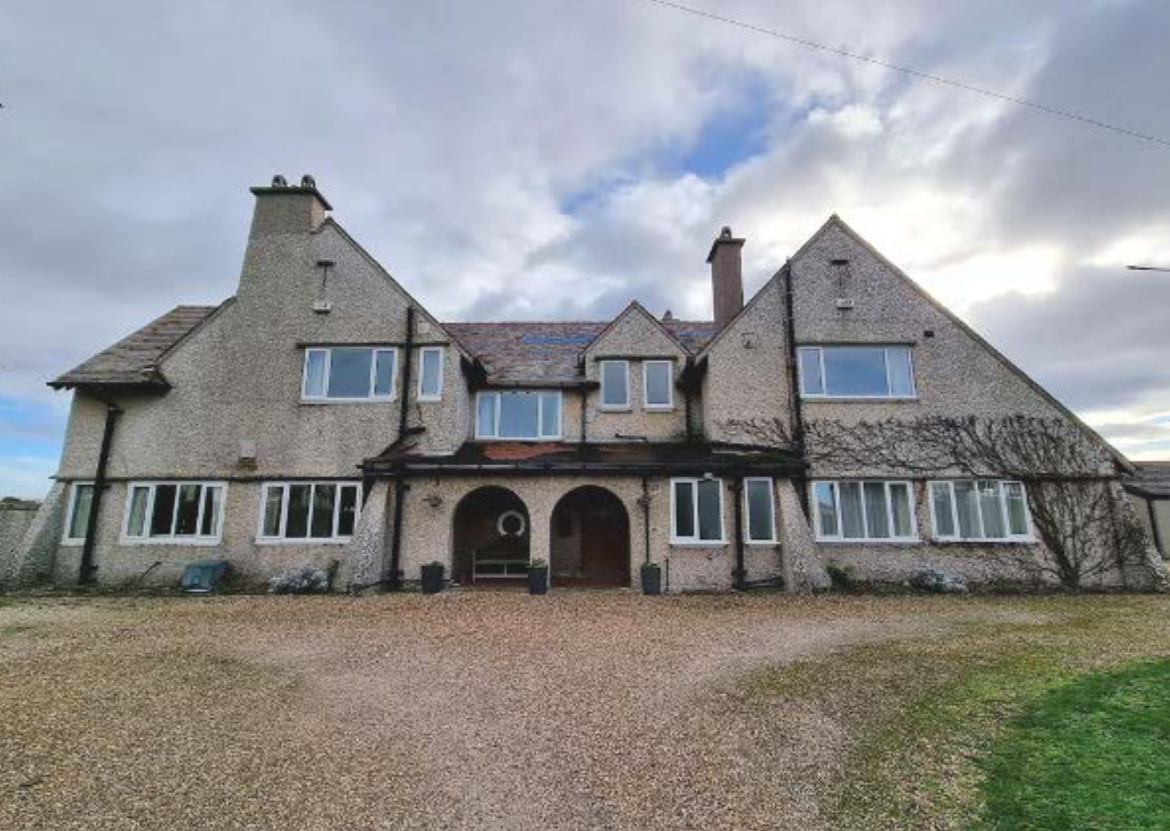The centenary of Hoylake and West Kirby War Memorial is to be marked with a special service on Friday 16 December.
The memorial lists the names of local soldiers who lost their lives in the first and second world wars. It was unveiled by the Earl of Birkenhead in 1922.
There will be a short service and a two minute silence at 10:45am, attended by Mayor and local councillor, Jeff Green.
The event has been has been organised by the Friends of Grange Hill, who will also unveil a new information board.
Refurbishment work has recently taken place at the memorial, including the placing of new render on the plinth.
Chairman of Hoylake and District Remembrance Sunday Committee, John S Brown, told West Kirby Today: “At the call of King and country, men, young and old from across Hoylake and districts waved good-bye to their loved ones and set off for what was supposed to be the war to end all wars.
“It was those who returned, often with physical and mental illnesses, and our community’s ancestors that built the Grange Hill War Memorial.
“100 years on from the official unveiling, our monument still towers over our district, acting as a reminder to all those who bravely defend our freedom, way of life, and often who have made the ultimate sacrifice.
“All are welcome and it would be most poignant to see you, our community, 100 years on pause, reflect and pay their thanks to all who have, and continue to protect us.”
The service will be followed by light refreshments at The Wro (suggested donation of £6).
About Hoylake and West Kirby War Memorial
- The structure is a 14.5-metre-high, granite four-sided obelisk, standing on Grange Hill
- It is made of Cornish granite and has a bronze figure of a soldier in full battle order on east side, while on the west side is a hooded, robed female figure representing humanity, with broken chains and holding a wreath
- The memorial was unveiled on 16 December 1922 at a ceremony attended by 5,000 people

